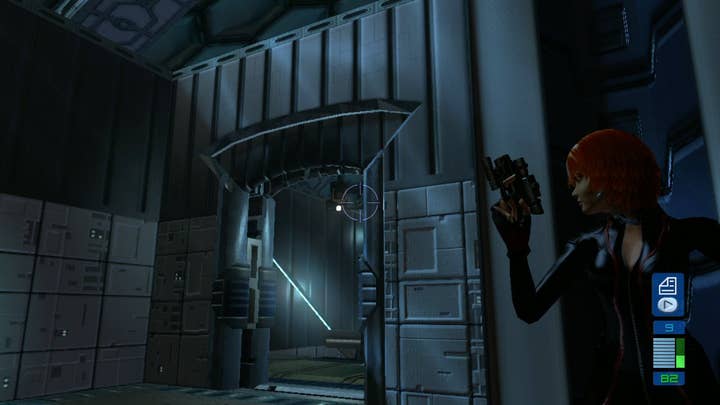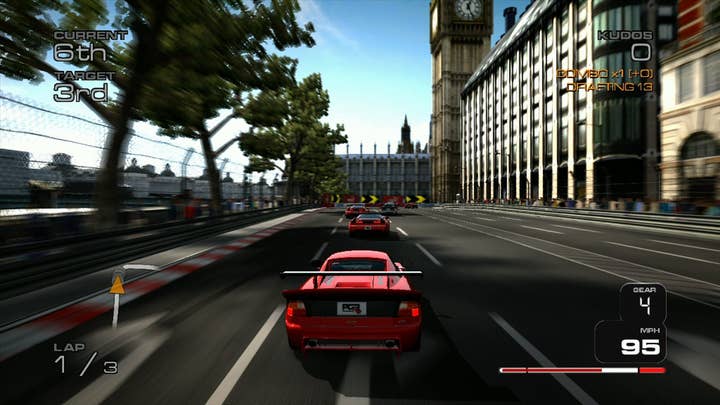In Theory: Mapping the Next-Gen Xbox
Digital Foundry discusses the hardware options open to Microsoft for its new console
The Power Mac G5 tucked into the corner of an AV room of a highly respected UK games developer looked like it had seen better days - by the time I saw it back in 2008 it was already obsolete and gathering dust. But this was a machine with history: three to four years prior to my visit it first arrived at the office under heavy NDA - this was one of the first Xbox 360 developer kits.
Recent news from Develop suggests that the hardware cycle has begun again, that the first dev hardware for the next Xbox has been despatched to key Microsoft partners - in this case, Electronic Arts (who quickly released a blanket denial). Develop also cheekily suggests that the new hardware may be revealed at E3, an event where Nintendo is planning to reveal its contender for the next gen crown.
Recent investigations suggest that while the E3 reveal for the "Nextbox" is almost certainly not going to happen ("it's bullshit," a senior Microsoft source told me off the record), the notion of dev kits being out there now is not so far-fetched. The platform holder itself has also recruited top-tier engineers (for example Corrinne Yu at 343 Industries) and it's hard to believe that staff of that calibre are working on existing console architectures when their talents would be better used mapping out the future of gaming technology.
Microsoft has recruited top-tier engineers and it's hard to believe staff of that calibre are working on existing console architectures when their talents would be better used mapping out the future of gaming technology
However, in no way should this be considered any kind of evidence that Microsoft has locked down the design for its next-gen hardware, but what it does suggest is something more promising - that the new wave of consoles will not be rushed to market and that publishers and studios will have a lot of input into the design and the programming tools at a very early stage of its development. That's right about now.
So if Microsoft hasn't finalised the design for its next gen hardware, how can it possibly be in a position to despatch dev kits at all? Well, the answer lies in the make-up of that neglected Power Mac G5 I spied a few years back. The original Xbox 360 development hardware consisted of a dual core G5 IBM POWER4 CPU married up an ATI X800 graphics card, replaced at some point with a card from the X1800/X1900 line that more accurately represented the performance of the final production Xenos GPU. While there are similarities in the core architecture, this set-up had a great many differences compared to the final production hardware.
The Xbox 360 Xenon CPU has three cores at 3.2GHz just for starters, and while the ATI cards Microsoft supplied in lieu of Xenos were of similar ballpark power, they didn't utilise the eDRAM configuration found in the final console. This requires special care and attention from developers: elements like predicated tiling would have been challenging to emulate on the prototype hardware.


In short, Microsoft built up a hardware mock-up of its console that attempted to approximate the make-up of its final design using off-the-shelf hardware, presenting clear compatibilities that would make development easier. However, the differences between the dev hardware and the production console was such that there was little chance that any of the actual launch games would really be using anything like the true potential of the hardware.
The predicated tiling issue certainly had an impact: game-makers worked on the presumption that anti-aliasing would come for free with Xenos - indeed, one of the most important TRCs from Microsoft was that games should run at 720p with a minimum of 2x multi-sampling anti-aliasing. AA is indeed free on Xenos, but with the 10MB eDRAM limitation, certain launch games such as Perfect Dark Zero and Project Gotham Racing had to run at sub-HD resolutions in order get that boost to image quality.
We also need to consider that Microsoft was forced to rush to market with Xbox 360 in order to get its head start over PlayStation 3. At E3 2005, mere months before the console launched, most of the games on display were still running on the Power Mac G5 developer configuration. Indeed, it is rumoured to this day that one of the most impressive games on show actually required some deft overclocking to the dev kit's graphics core to get the game looking fast and smooth enough for presentation at the event.
Things are different this time. Despite the arrival of Project Cafe, Microsoft is under no real pressure to launch its next generation of console, likely to arrive in 2014 (though some rumours suggest that the platform holder may be ready to go one year earlier). There is certainly nothing like the crazy rush to bring a new machine to market in the way that the company was effectively forced to when it became clear that the original Xbox was finished.
While it may seem premature to be sending out dev kits now when the hardware design is most likely still in a state of flux, Microsoft will have clear ideas on the power level it expects from the final machine - the hardware will have been costed out, and the CPU and GPU can only be made at certain fabrication plants whose fabrication processes going forward are a matter of public record.
